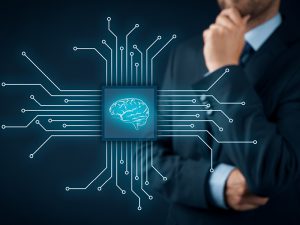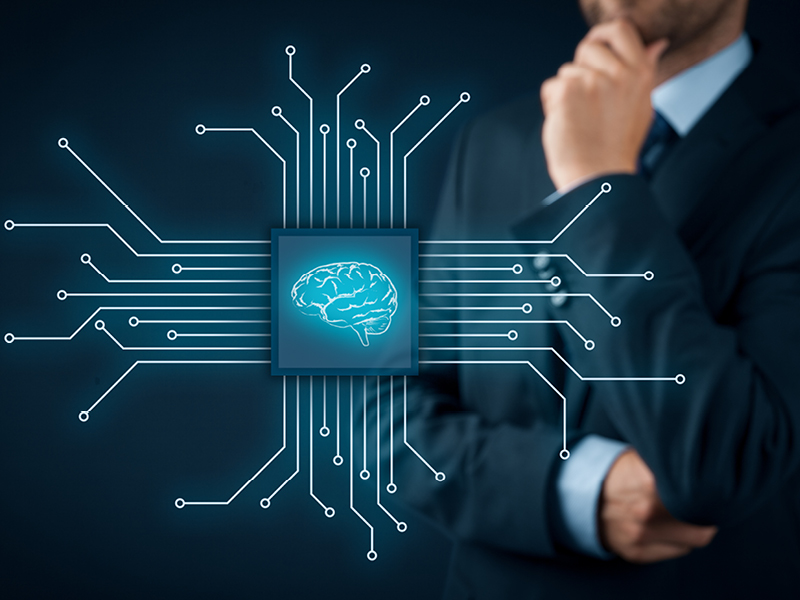If only Arnold Schwarzenegger had toned down his terrifying Terminator, we might all be more willing to embrace the concept of Artificial Intelligence – because in real life, AI has plenty to offer your business and its bottom line.
Where do we start? The applications are vast, and so are the potential savings.
Brett Wiskar presented earlier this week at FoodPro 2017 about the extraordinary opportunities afforded by even just beginning to incorporate new technologies like AI.
“There’s almost no decision-making process in a business that couldn’t benefit from AI. It’s a question of where businesses see the opportunity to have value added by it,” says Mr Wiskar.
We’re not talking about just replacing people with machines, either. Some of the best ways to introduce AI into your operation relate to software modelling, using algorithms.
“What you do is put in place a system that says ‘I’m going to measure these metrics about a carcass and I’m going to determine how to cut it up’, or ‘I’m going to measure these metrics about my energy consumption and I’m going to determine how best to use my energy going forward’, or ‘I’m going to use it to determine how best to order my raw product’materials’.
“Once you use those algorithms, they’re the same every day, which means you can refine them and tweak them over time,” he says “algorithms don’t have a bad day, they always perform as expected”. 
These AI systems are not ‘off the shelf’, but that’s where Wiley can help with innovation processes and workshops for interested businesses.
“Essentially what we’d look for is areas where a company is making subjective decisions. If they got have an AI machine system to do that for them, those decisions would can movre towards being be made more objectively, which can achieve consistency and either save or make money – or both,” says Mr Wiskar.
“It might cost some money, but in a business that turnings over tens or half a billion hundreds of millions of dollars a year annually, if AI aided decisions helps makes a 2% change to your yield, and makes that 2% change every year for the rest of existence moving forward, then the returns are quite significant.”
It also doesn’t always have to mean job losses; AI can add value into your business allowing you to redirect labour into other areas, boosting productivity and profitability even further.
“Invariably in the food industry there’s a lot of manual processing, but the other thing about AI is you don’t have to remove the people from the process. You can build what’s called ‘decision support systems’, to help staff make the best decisions after aided by AI analysis.
“There is a lot of fear around AI, but the fear is borne out of a pure lack of understanding. The interesting thing is, it will happen quickly but it won’t be like flicking a switch. It won’t be ‘Oh, we’ve got no staff now, we’ve just got machines’.
“Back when electricity was introduced into manufacturing, we didn’t stop all of the things we already did – we just added electricity to them. So when we made a cake, we had a hand beater, then you had electric hand beaters – we didn’t stop making cakes.
“So what you’ll find is that AI will become like that – it will become a service that can be incorporated into your existing set-up – and make it better.”
Think of it as a small step – not a giant leap.
 Contact Brett Wiskar at Wiley to help you make that step via LinkedIn, on 1300 385988 or connect@wiley.com.au
Contact Brett Wiskar at Wiley to help you make that step via LinkedIn, on 1300 385988 or connect@wiley.com.au


